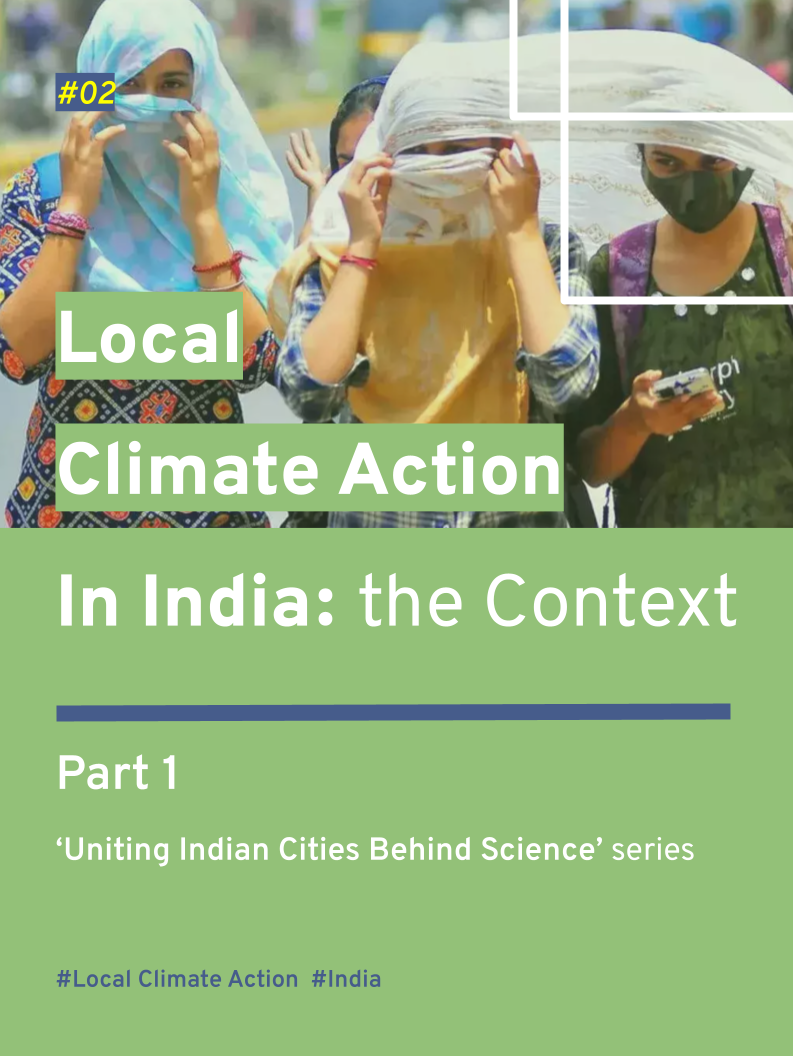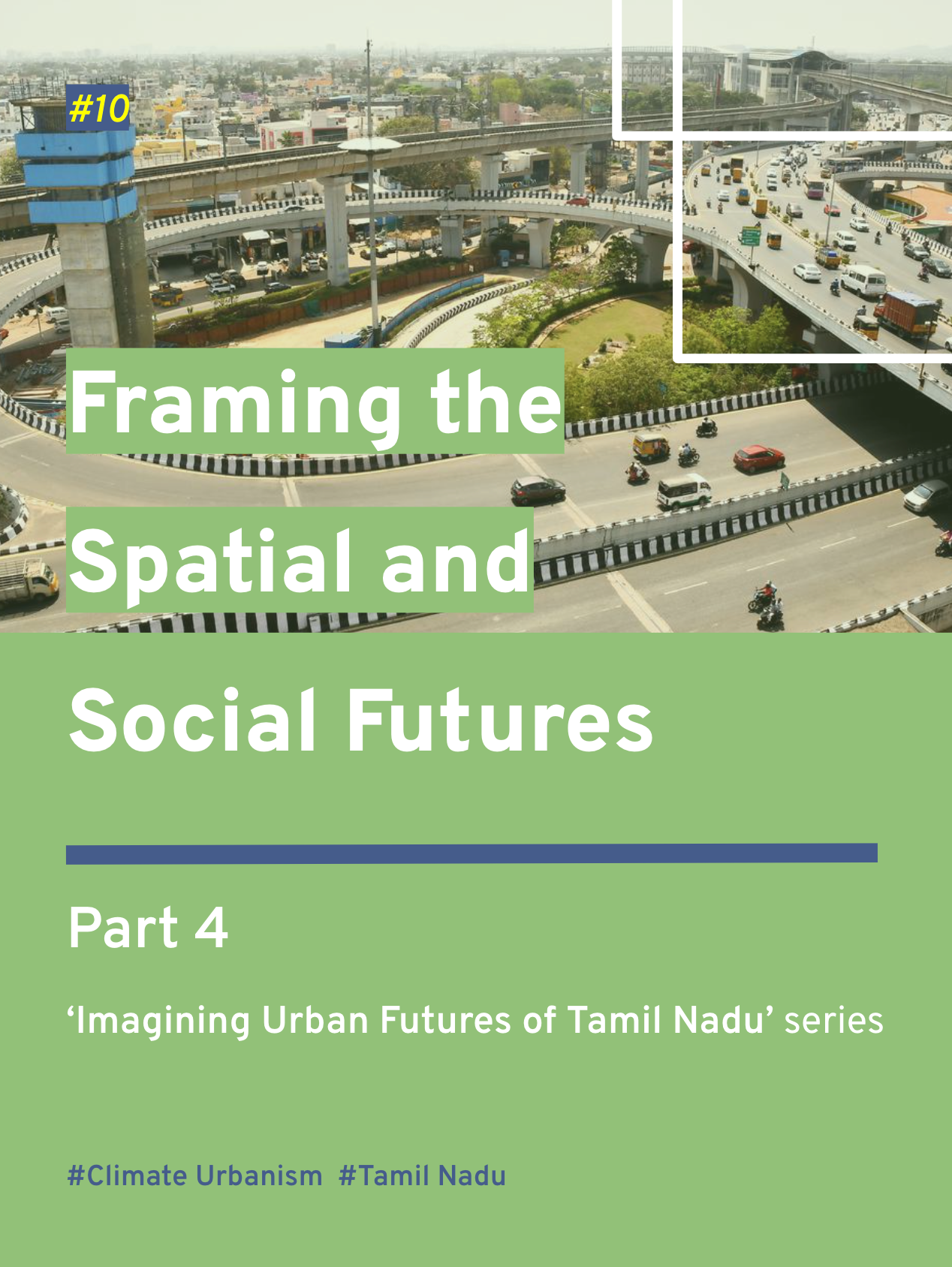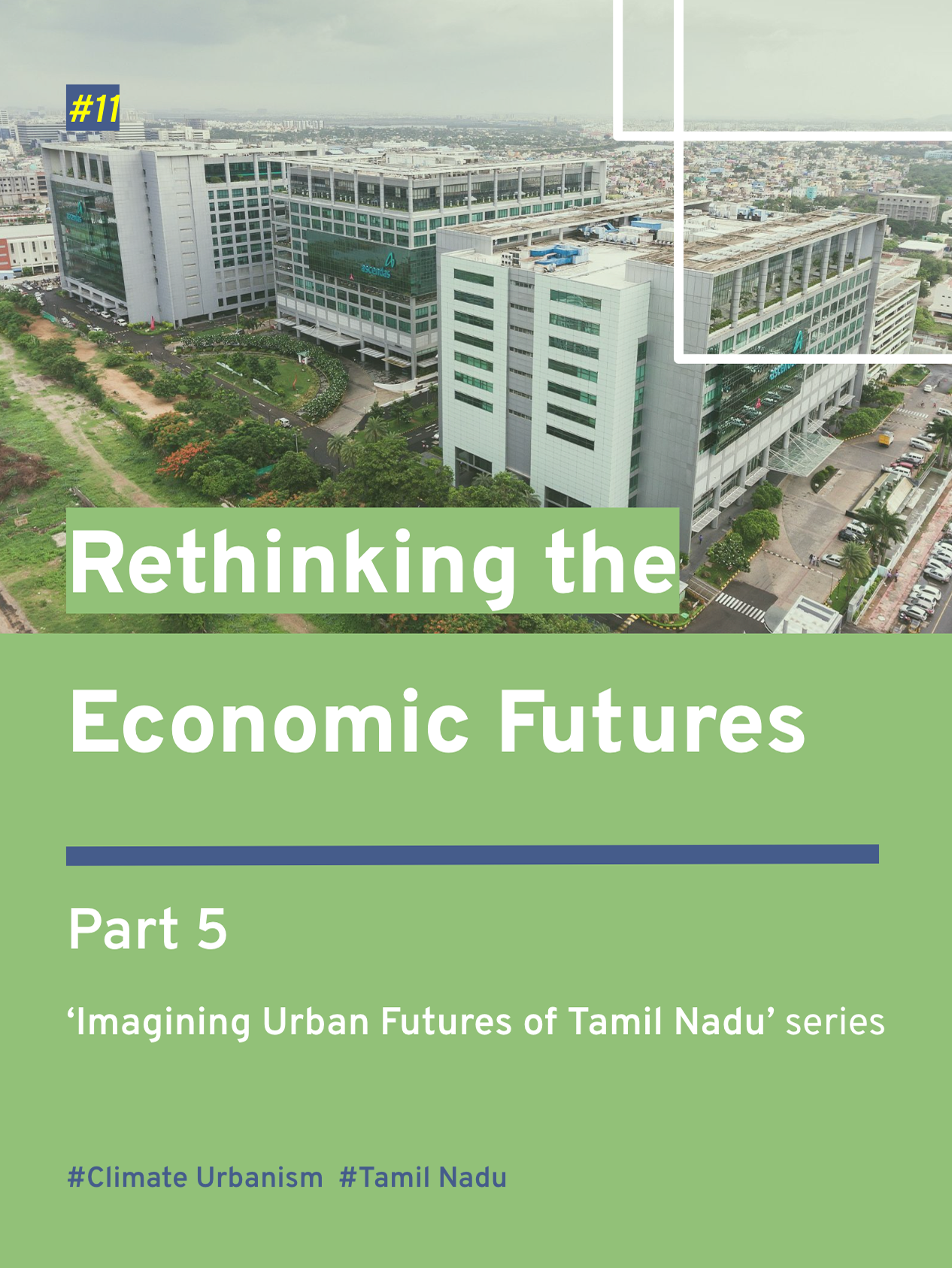Part 6 (Summary) of ‘Imagining Urban Futures of Tamil Nadu’ series
Marina Beach, Chennai, Tamil Nadu (TN), India (Source: SlowPhoton)
This is the summary of the 5-part blog series that explored the urban climate future of Tamil Nadu, India, through the lens of ‘Climate Urbanism’ and ‘Dravidian Model’ for development.
Read the previous posts:
Part 1: Understanding Climate Urbanism
Part 5: Rethinking the Economic Futures
The core principle to guide the urban futures through the intersection of Climate Urbanism and the Dravidian Model is to accelerate urgent climate action, alongside correcting the structurally persistent injustices and inequalities (including casteism, colonialism, and capitalism), without tightening the screws of competitive and entrepreneurial urbanism. To do this, the state of TN could mark urban local bodies, all 649 of them, as the central focus of climate action. From this established focus, the boundaries for research, policy, planning, funding, and governance could connect across the planetary to household scale.
This blog series offers a new theoretical framework (as presented below) to imagine the urban climate future of TN, with the confidence to translate it into actions.
Knowledge politics is central to climate urbanism. The adverse climate change impact, alongside rapid urbanisation, could severely force the state to adopt templatized global best practices for high-investment infrastructure and carbon management without local contextual research. Hence, the intuitive first step ‘for translating the theoretical framework into actions’ is to build a knowledge base that brings together the regional climate data and outcomes of local socio-political ideologies. Such an approach would shape a New Critical Climate Regionalism for urban development.
Maybe would shape a new blog series in the future too!
Have questions, thoughts, or feedback? Write to nagendran.bala.m@gmail.com.









